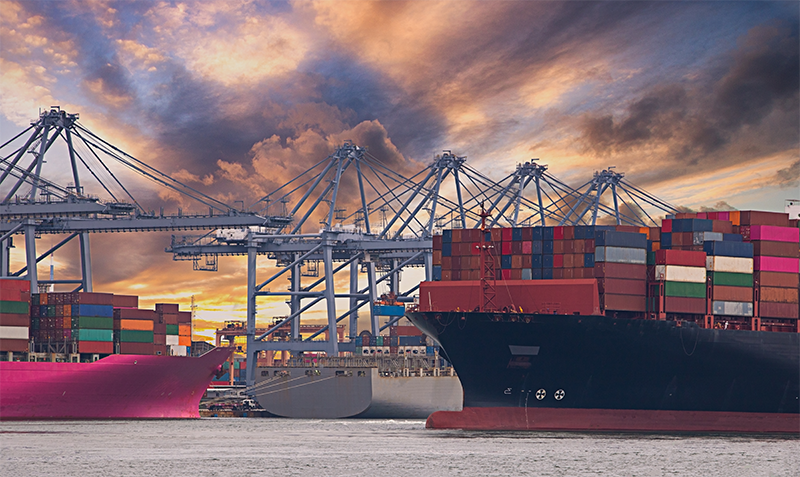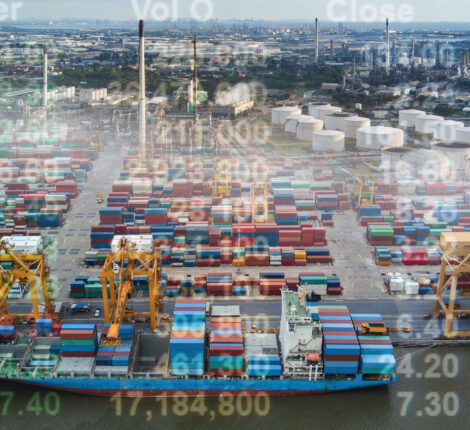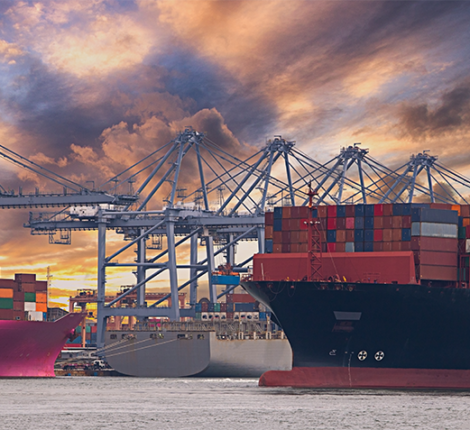- June 21, 2021
- COVID 19
- Comments : 0
An unprecedented surge in prices
New records have been hit in container freight spot rates of all carriers, as Asia-Europe route continues to relentlessly rise and is currently approaching $9,000 per teu, with further rises expected this month.
Comparing this to previous months, container trading data reveals that during the first trimester (quarter?) of 2021 the average prices for 20ft containers across Europe rose 57%. In April, price increases for 20ft containers were especially severe. Nonetheless, this price increase still continued throughout May and June and further rises are forecasted for July. Meanwhile, the Shanghai Containerised Freight Index rose 1.8% and the Drewry’s World Container Index by 2% during the last week of May, as a decline in transpacific rates to the US west coast mitigated rises elsewhere ; standing thus at nearly 300% above where it was during this same period in the past year
A surging in demand along with unexpected high volumes and pandemic-related restrictions were the main difficulties that lead to this problem. Since terminals cannot run at full capacity, yet they have to deal with record volumes as economies are re-opening again, ports all over the US, Europe and Asia are congested, and as a consequence, ships are delayed. Adding to that, the further we get into the year, the amount of space is becoming more and more limited since the demand is still continuously increasing.
Besides that, and in order to face this problem, carriers are building up backlog, restricting new booking acceptance and rolling more cargo. These trends are expected to intensify through July with additional delays across the board, which may cause freight rates to further increase.
Taking the example of Hapag-Lloyd, according to Habben Janses, the carrier’s CEO, the company’s own average delay has gone up 160% to 3.9 days. This had a related impact on container availability as it took longer to get equipment back, meaning that it takes them 20% more containers than usual to ship the same amount of goods.
Consequently, and according to many experts, there will probably be no easing or decrease in freight and spot prices until before the fourth quarter of 2021.
What can this price surge be linked to?
Throughout the first half of 2021, more than the usual amount of cargo ships have dotted the Pacific’s horizon, each sat there at anchor, sometimes for over weeks, until a spot opened for them at a port. A very abnormal situation since even if it was possible during the prior years for ships to wait for a day or two, it was very rare to reach weeks of waiting. Thus, when adding this waiting time to the previous transit time from the POL to the POD, the shipping time generally doubled from what it was before.
The source of this problem is that when global economies started entering lockdown during the first half of 2020, China was emerging from it. The entire world bought medical protective equipment’s from China, but once those containers arrived and were unloaded in US or European ports, and due to the lockdown’s that those countries’ were experiencing, there was not enough merchandise produced that allowed those containers to be filled and shipped out. Meaning, containers ended up stacking empty in places they were not needed, and they did not make it back to places they were supposed to. In conclusion, a shortage of shipping containers is worsening a shortage of shipping capacity, which in its turn worsens a shortage of port capacity, and vice versa, a vicious cycle that is worsening as economies are re-opening again.
How is this situation affecting freight forwarders and shipping availabilities?
The maritime freight rate availability has always been one of the major problems and worries of freight forwarders all around the world. But with the current severe lack of shipping capacity by carriers, more freight forwarders than ever are experiencing difficulties to book with the right price at the right moment. With most always ending up booking at higher prices than what was displayed in the rate sheet they received from their carrier, because of the severe lack of capacity, or delaying their shipment to further dates.
Until recently, the only way for a freight forwarders to obtain information concerning shipment availabilities was to directly call or contact the carrier. Thus, and in order to avoid similar inconveniences for their clients, shipping companies like MAERSK with MAERSK SPOT or EVERGREEN with GREENX launched online portals offering spot rates that allowed freight forwarders to book their shipping operation for the displayed price without having to worry about eventual surprise changes in rates due to some lack in the shipping capacity. Other carriers, like FREIGHTSMART form OOCL, went even further with their online platforms by displaying also the number of availabilities that are left. However, the main inconvenience of these spot rates, is that the displayed rate for the specific route has a noticeably short validity period, and thus prices could significantly change from one day to the next. Pressuring consequently freight forwarders to book their operations and make their decision in a very short period of time.
Availability module: a new feature of OKARGO to help freight forwarders avoid the availability related worries
A Few weeks ago, a new availability module was developed and added to the OKARGO application. From now on, all of OKARGO’s clients are seeing a new column being displayed in their search results, informing if the specified offer for the searched route is available to book for the displayed price, or if further availability details need to be obtained from the carrier. Therefore, in addition to being able to easily compare all of their freight rates either from rate sheets, spot rates or online quotes, freight forwarders using OKARGO are now able with our application to also compare if the displayed rates are available for the specified price or not. A huge improvement that will further ease the rate management and decision-taking process for our freight forwarders.




